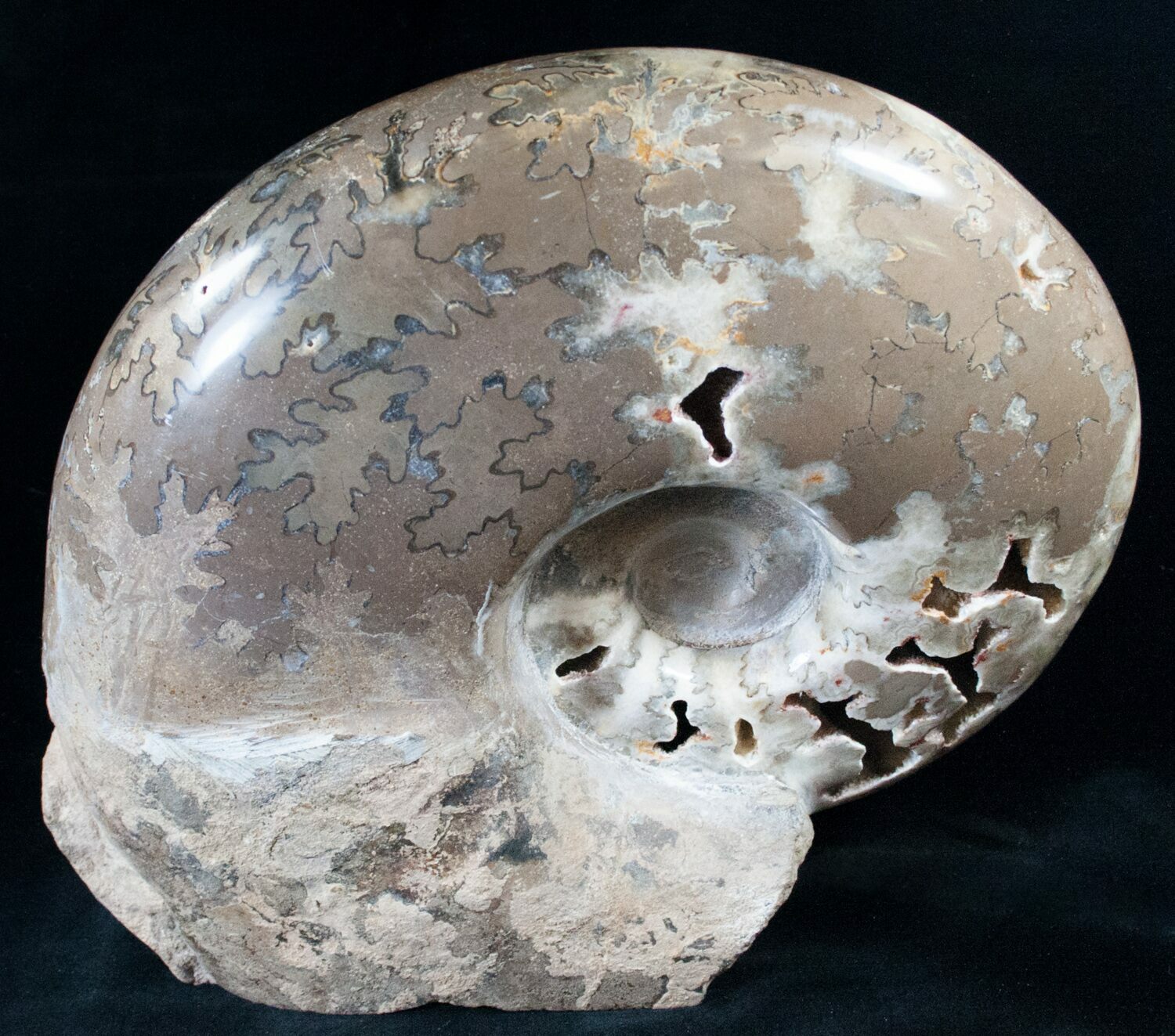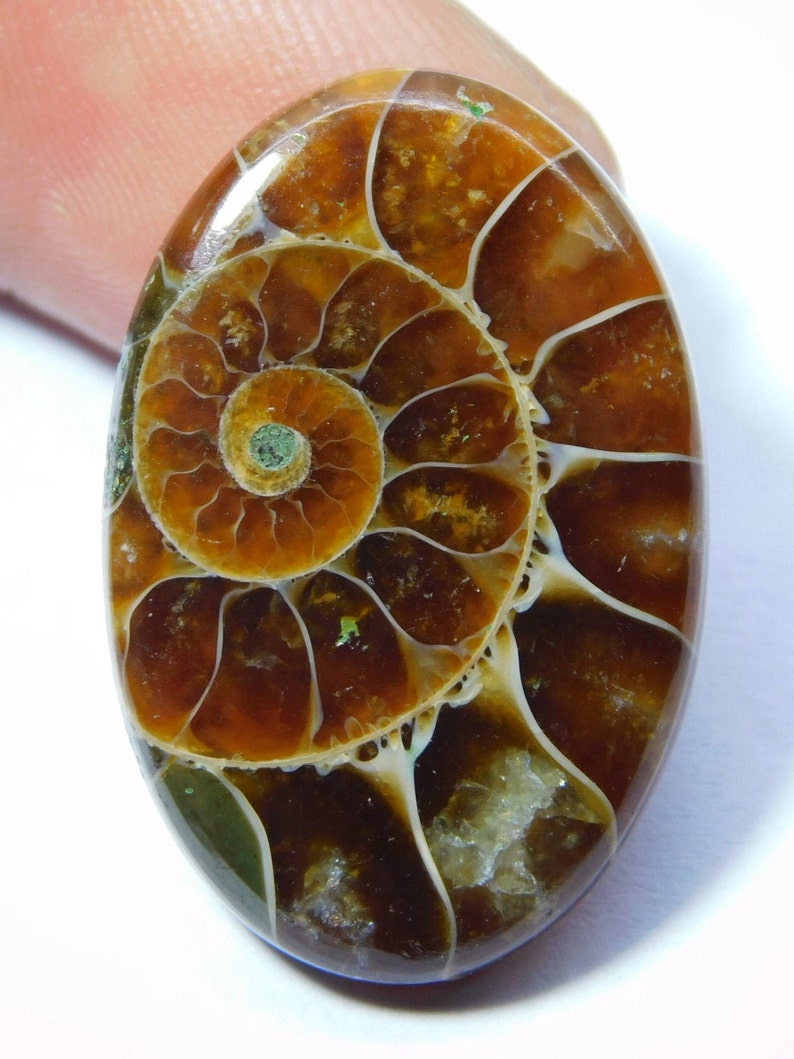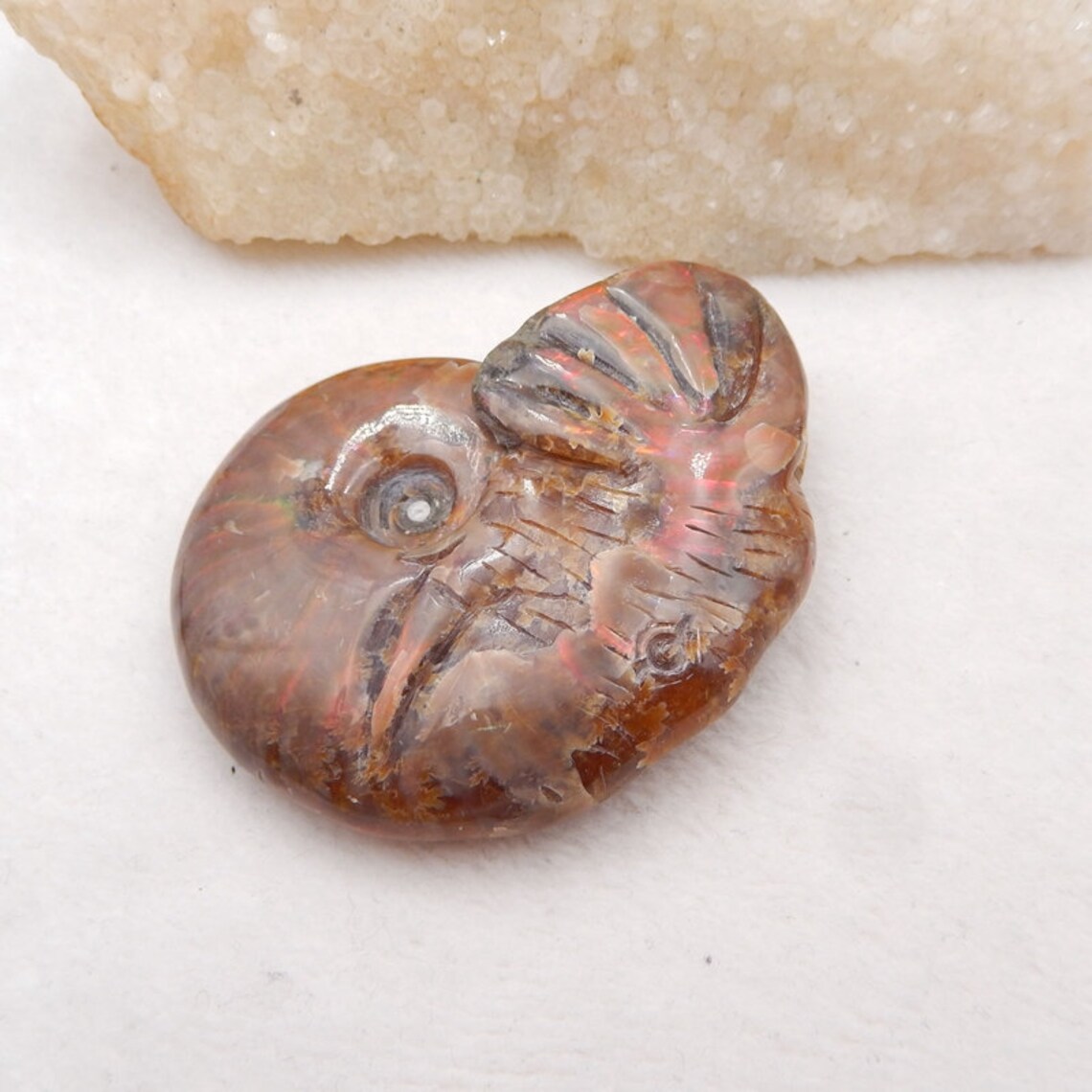
This practice is clearly linked with the ancient idea that these fossils are thunderstones.

At a number of localities in southern England fossil echinoids are traditionally placed on dairy shelves to keep milk from going sour. Formerly at least, the Essex labourer believed that so long as one of these fossil sea-urchins was kept in the house, his family would never go short of bread (Johnson 1908, 149). Both of these, but more commonly the latter, are known to the country people as shepherd's crowns or fairy loaves (PL. There are several kinds of fossil sea-urchin that are the subject of folklore, the commonest in the south of England being casts in flint, derived from the Chalk, of the heart-urchin A post-test at the original sample, using an open ended questionnaire and students’ drawings, evaluated positively the infusion teaching model, whose core were the ammonite fossils. Data collected through a pre-test study, in 558 students of 4th, 5th, and 6th grade confirmed the above belief. Apart from the informal sources of education, these science topics are excluded from elementary national curriculum, and leave the regional paleoenvironment and geological history practically “unknown” to students. Ammonites can be found in large population and diversity inside Greek rocks, as these rocks were part of Tethys΄ seafloor at their geological time. Paleontology and mainly fossils attract more and more elementary students and teachers, yet in Greece this trend is solely about dinosaurs, despite the fact that the most common Greek fossils are not dinosaurs, but ammonites. In this study we introduce an infusion model to “inject” ammonites and ammonite fossils in current subjects of Greek primary curriculum. Hatay basinss by the inhabitants as part of transhumance activities or by visitors. The fossil shelss were likely collected and brought from Karaman-Mut and Gastropods, bivalves and scaphopods dating to the Miocene and Pliocene were identifiedįrom the site.

The Neolithic site of Çatalhöyük in Turkey contains gastropods that naturally inhabit marine,įreshwater or land environments bivalves that naturally inhabit marine and freshwaterĮnvironments and scaphopods that inhabit only marine environments.

Çatalhöyük is one of the largest Neolithic sites in Turkey, dated to 7,400 to 6,000 cal yr BC. Moreover, throughout prehistory and history molluscs were collected as food. In pottery production as well as in construction material during archaeological periods. Mollusc shells were exploited in various ways, primarily as ornaments, utensils, tools, Prevailing during the molluscs’ life span patterns.

Of the water in which the shell was formed, which in turn relates to climatic conditions Ratios in the shells of the freshwater molluscs yield information on the isotopic composition They are useful for reconstructing past environments. Since landsnails are sensitive to climatic andĮcological changes, they can be used as indicators of natural climatic conditions. Recent and fossil molluscs occupy and thrive in diverse habitats, ranging within land,įreshwater, brackish water, and marine. The techniques and subject matters of Earth sciences to examine topics which inform Geoarchaeology is a multi-disciplinary approach which uses Of archaeology that is derived from archaeozoology, the study of animal remains fromĪrchaeological sites. Archaeomalacology – the study of molluscs in archaeological contexts – is a discipline


 0 kommentar(er)
0 kommentar(er)
